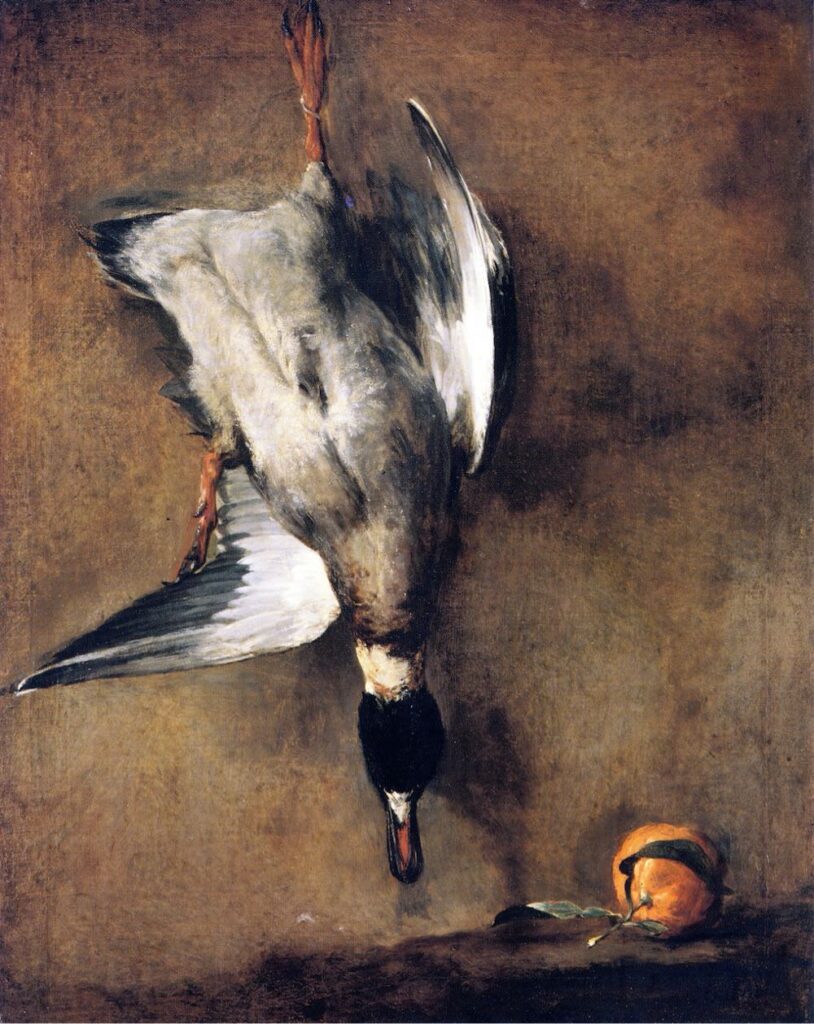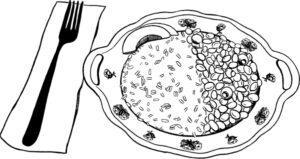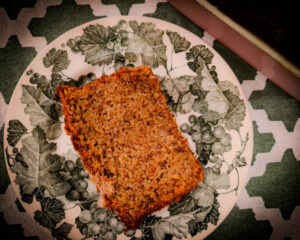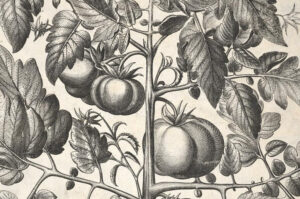Duck: The Other Dark White Meat
One of the greatest predictors of our nation’s faith in the economy is the rate at which we buy chickens. Ever since the 1920s, the sale of chicks, fertilized eggs, and chicken raising products for both home and farm has risen dramatically during times of economic crisis. This fascinating and well-studied fact speaks both to our pioneering roots and to our familiarity with America’s favorite poultry. There is, however, another option when it comes to raising your own birds for meat, eggs, or both. Meet the humble duck.
While preferred in many European and Asian countries, the duck has never been able to fully capture the imagination of the American food psyche. Even though certain varieties can compete in terms of sheer production with any chicken, many Americans have not considered duck ownership as part of their homesteading, farming, or suburban food security strategy. Ducks should be a staple of any homestead or backyard food plan. Their eggs are bigger and richer, and their meat more flavorful, than that of chickens. And centuries of hunting wild ducks have led to incredible recipes that carefully use nearly the entire bird. Not to mention the luxurious down feathers that can fill your quilts and pillows.
To raise ducks, you need a similar set-up as the one used for raising chickens. Access to fresh water, food/forage, and a safe place to rest at night. Additionally, ducks need a small pond or somewhere they can fully submerge their heads. They also need relatively soft ground as their webbed feet are more delicate, and they like to dig under the ground in search of bugs. Fencing can be shorter than chicken fencing, as the ducks typically stay put, unless you give them a reason to leave.
Common Varieties
Egg-laying varieties, like Khaki Campbells, are amazing foragers and prolific layers—well over three hundred eggs per year. There is the added bonus that they nearly always lay early morning, meaning that if they are locked in a shelter you don’t have to search for eggs. They mature relatively quickly and will begin laying between five and seven months. Given enough space to forage and run, a small flock of Campbell’s can provide plenty of eggs for a typical family. Do not expect them to brood or raise their own ducklings as they are notoriously bad mothers. While Campbells are remarkably adaptable and do well throughout the various climates of North America, several other varieties of egg layers are commercially available to any homesteader or suburbanite with patient neighbors (like chickens, ducks can be loud).
Meat ducks can provide over eight pounds of meat per bird and grow to weight within two months! They also have a higher fat content, and a darker meat, because they use breast muscles more than domesticated chickens or turkeys. Pekins which came to the US in 1873 from China were crossbred with another large, fast-growing duck, the Aylesbury. The result was the American Pekin which today is grown commercially for both eggs and meat. Other slightly smaller varieties like the Rouen are well-known for their amazing meat and fat which can be rendered, stored and used throughout the year.
The Ultimate Backyard Poultry
A small flock of ducks can be a joy to raise. They are, frankly, more endearing than chickens. While young children often run away from little, carnivorous, dinosaur-like chickens, they tend to run towards fat, waddling ducks. Ducks herd together and run hilarious lines when chased, and kids will have fun trying to find where the ducks hid their latest clutch. Ducks also seem to cuddle when held close.
Duck eggs are excellent for baking. Both Pekins and Campbell’s produce more eggs on average than chickens, and when slaughtered they typically dress out about twice the size. Also, the culinarily adventurous will be able to use more of the bird, given the plethora of amazing recipes for the neck, liver, and blood.
Whether for eggs, meat, or insect control (did we mention that ducks eat all the same bad bugs as chickens, plus they eat slugs and snails, all without scratching?), ducks are the ultimate backyard poultry. The only drawbacks are that they typically need more space than chickens, they need water to wash in, and they are more prone to predation. With that said I once saw our four-pound Runner duck take on a red fox and save a Pekin that was clutched in its mouth. Consider adding some ducks and enjoy the other dark, white meat.




















